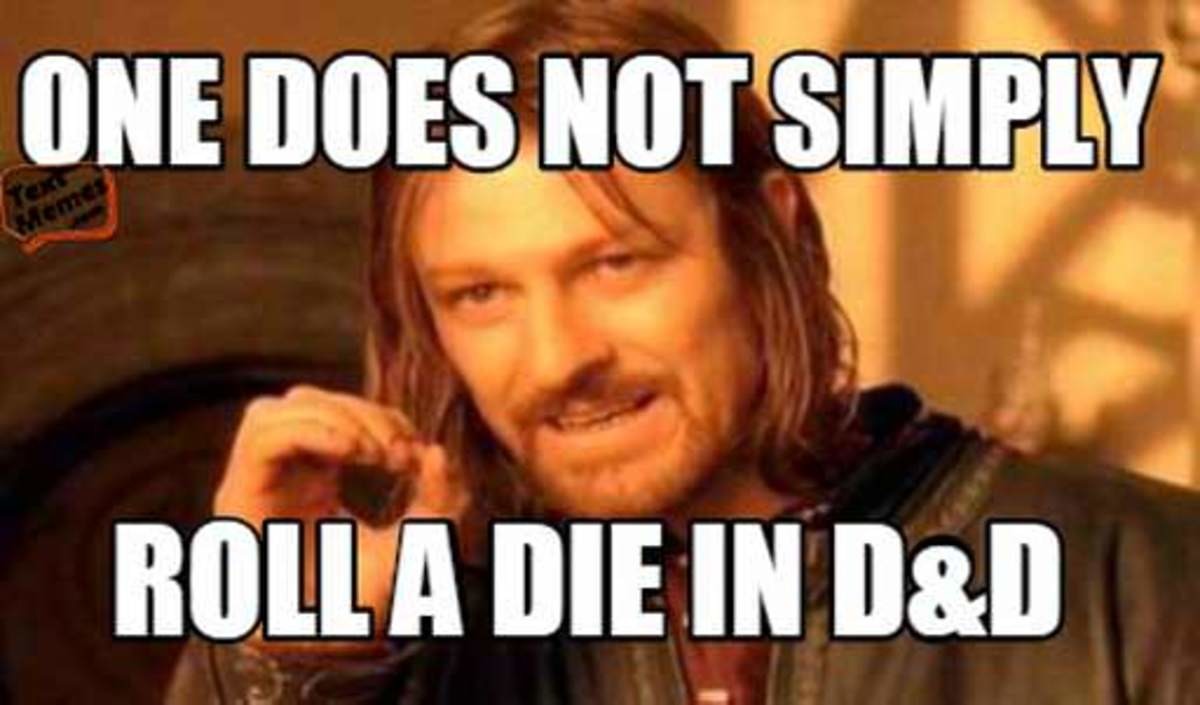“If I roll a natural 20, can I lift that boulder?” We’ve all been there as DMs. Players like to try all kinds of crazy things, and when they are reaching far outside of their character’s abilities, the idea of a natural 20 can be inticing. But should DMs allow just about anything on a 20?
In a word: no.
A natural 20 might sound like a great roll, but it is still a 5% chance. And when we are talking about a 18 strength character lifting a boulder six-feet tall, the truth is they wouldn’t even have a 1% chance to do it much less a 5% chance.
The 5% chance rule should be the guiding principal in any roll-for-a-20 situations. If there isn’t a reasonable chance that the event could happen, the 20-sided dice roll shouldn’t take place. But, luckily, there are more dice in the bag than just the die 20.
While a 5% chance that a character can lift a huge boulder is too much, there may be a 1% chance that the boulder actually formed around a decayed tree and is now mostly hollow. In fact, the boulder might even break apart as it is being lifted.
The roll-for-20 is dangerous because players might start asking to roll for everything and in every situation. This should be discouraged as a 5% chance to do the impossible is quite overpowered. But there is a fun-factor in rolling to do something that would take a miracle, so substituting a percentage roll can be a good compromise. You can also call out numbers other than 01 or 00 as the goal. “Roll a 47, and sure, you’ll lift that boulder!”
Balancing these rolls with successes that don’t provide any major benefit (the boulders falls apart as you lift it) can also provide some spontaneous creativity to the session. And remember, every once in a while letting your players do something incredibly awesome only adds to the overall fun of the game.
An alternative to percentage dice is having an additional roll to determine just how well the natural-20 actually worked. A 6-sided dice provides some good guidance. A 1-2 would lead to poor results, a 3-4 to some benefit but not great, and a 5 or 6 would somewhat meet the player’s expectation.
Let’s take our boulder lifting. If the player wanted to lift it so they could throw it at some kobolds down a ravine, and they score that natural 20, our 6-sided roll might be as follows:
- The boulder budges slightly and they strain their back in the try. -1 attack rolls for 3 rounds.
- The boulder is pushed up two feet but rolls back in place barely missing the character’s feet.
- The boulder is rolled off the cliff giving the kobolds a good opportunity to dodge it.
- Same as 3
- The boulder is thrown a few feet off the cliff. The kobolds get a normal saving throw.
- The boulder flies off the cliff splattering right on top of the kobolds. The kobolds can save for half-damage or take full damage failing their save.
This type of break down can really add some fun factor, but also puts a burden on the game master. If you are going this route, it can be a good idea to limit the number of roll-for-20 chances you allow your players.

